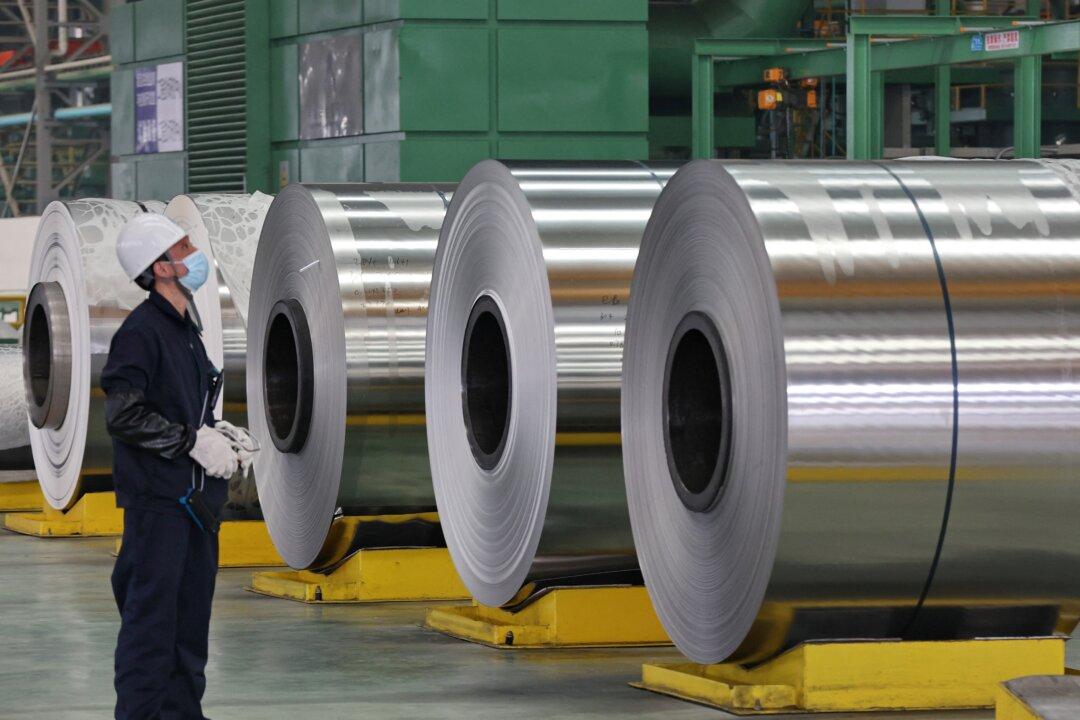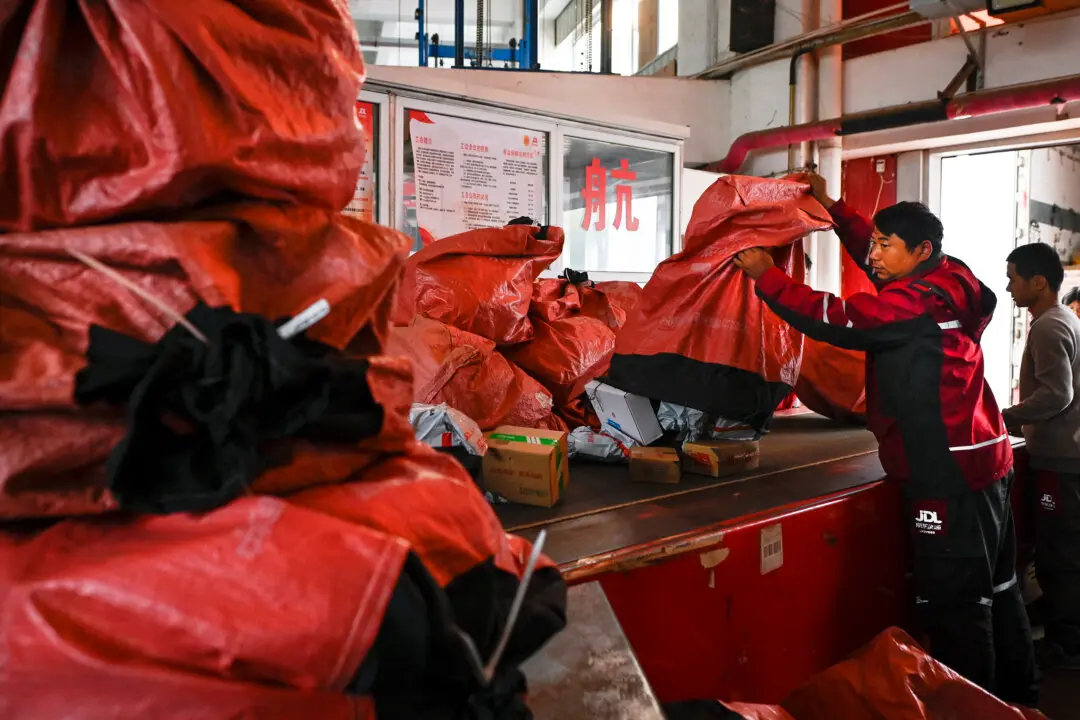China’s Ministry of Industry and Information Technology has suspended its “capacity replacement” policy in the steel manufacturing sector, as the profits of China’s steel industry continue to plummet.
The replacement program that has been in place since 2021 was put on hold on Aug. 23, meaning that applications for new steel production under the program will no longer be approved.




